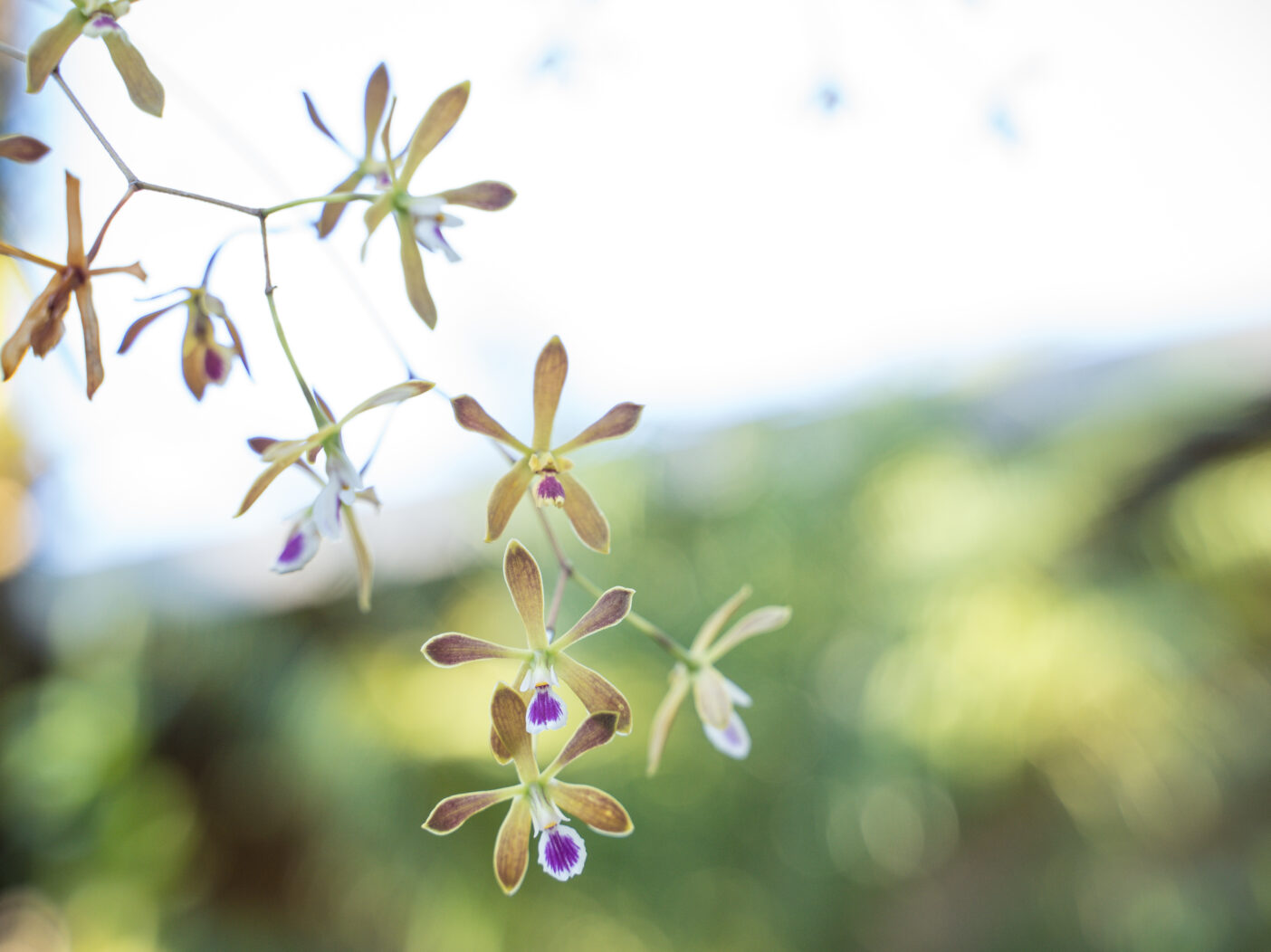
Dozens of rare Florida native orchids from the Garden’s collection are headed to London to be exhibited at the RHS Chelsea Flower Show, May 21 – 25.
This is the second consecutive year for the Garden’s involvement but the first time our orchids will make it overseas. Last spring, delays with international permits prevented us from transporting endangered orchid species. Instead, we sent staff experts and plants from our collection that share orchid habitat but are not subjected to international regulation.
“It’s a huge honor going back,” says Director of Collections, Nick Ewy. “We’re playing a primary role in the exhibit.”
In all, the Garden will send 77 native Florida orchids from our collection plus another 36 we’re transporting on behalf of other participating gardens. Ewy and Liz Chehayl, the Brian Holley Curator of Collections, will help set up the exhibit, tend plants, and answer questions from the crowd, which is expected to top 160,000.
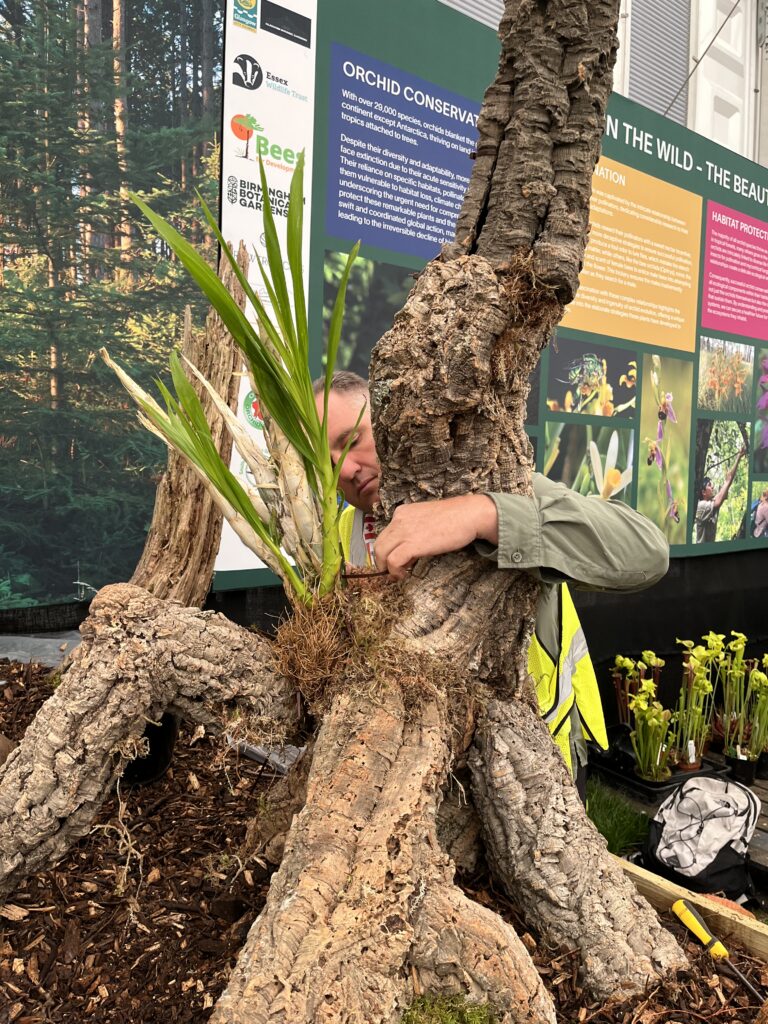
The exhibit, Orchids in the Wild – The Beauty of Nature, was inspired by the success of last year’s Finding the Rare Florida Ghost Orchid display. Orchids in the Wild will feature rare and native orchids from the United States, Canada, Great Britian, and India.
U.S. participants include Naples Botanical Garden, Longwood Gardens, the North American Orchid Conservation Center/Smithsonian Environmental Research Center, The American Orchid Society, Chicago Botanic Garden, Humboldt Botanical Garden, University of Minnesota Landscape Arboretum, Stetson University, Illinois College, and the University of Florida.
“I hear it’s unbelievably spectacular,” says Chehayl, a first-time participant. “I’m really looking forward to working with all these organizations.”
With just over 100 species, Florida has the richest diversity of orchids in North America. The southern portion of the state — including Collier County — supports some of the only known populations of these plants. The exhibit brings them out of the wilderness and into public view where, organizers hope, attendees will gain a new appreciation for these fragile species and the disappearing ecosystems they inhabit.
“The conservation and protection of the world’s native habitat of naturally growing orchids, plants and trees is vital to our civilization and well-being,” Orchid Conservation Chelsea Chairman and Naples resident John Parke Wright IV said in a statement. “As the orchid family is the largest family of vascular plants on earth, the RHS Chelsea Flower Show gives reason to celebrate and commit to conservation … by scientific research and individual action.”
At our Garden, you can find native orchids along the Sönne Family Ghost Orchid Boardwalk and the coastal scrub habitat in the Preserve. Our natural areas allow us to conserve and study wild orchid populations on site.
The Garden’s contributions to the Chelsea Flower Show include:
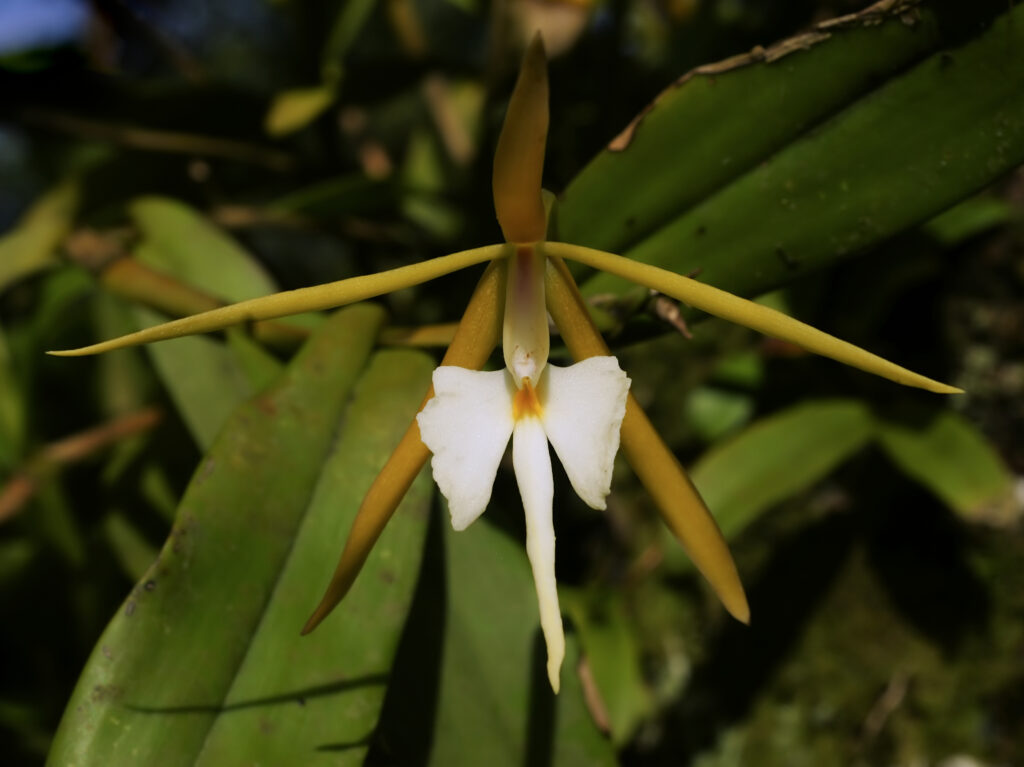
Night Fragrant Epidendrum (Epidendrum nocturnum): As the sun sets, this delicate white flower releases a sweet, slightly musky fragrance. The blooms are tucked amid long, oblong-shaped leaves. In the wild, this orchid grows in swamps and hardwood hammocks in the lower third of Florida, south of Lake Okeechobee.
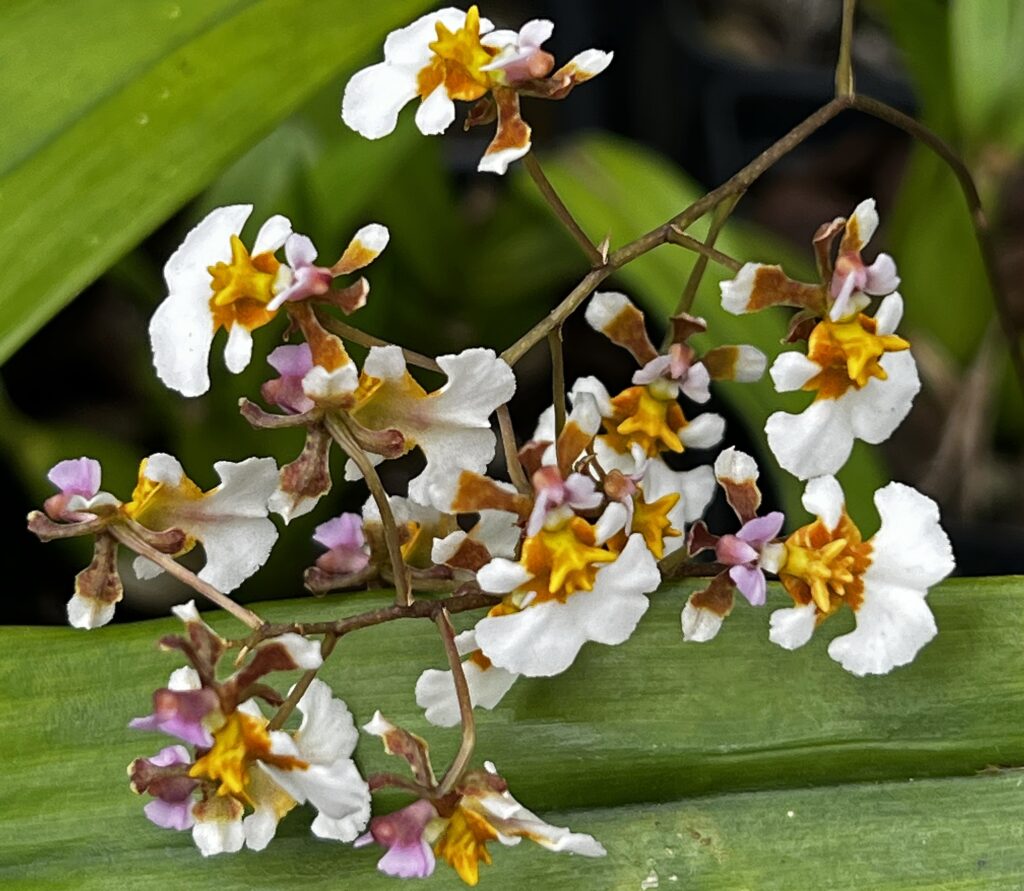
Florida’s Dancing Lady (Tolumnia bahamensis): As many as 50 small blooms may appear on a dancing lady’s flower spike. They feature a ballooning white pedal that looks like a woman’s flowing skirt and a golden yellow center. This unique orchid appears only in a small region in Southeast Florida.
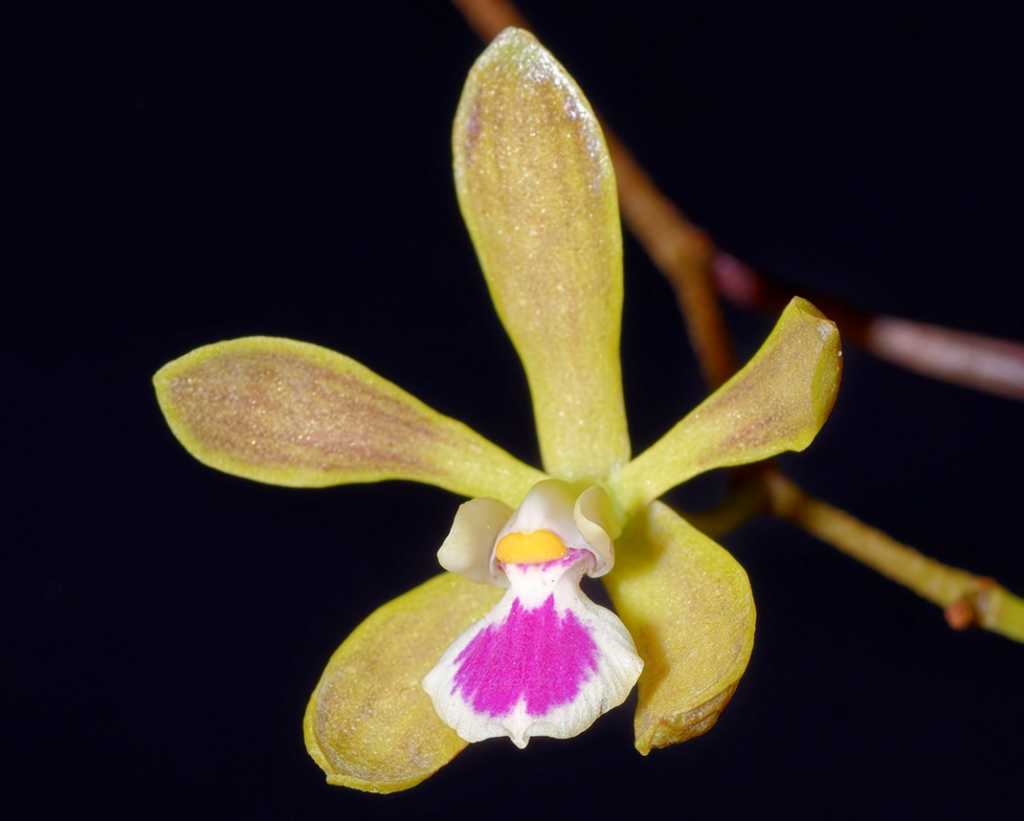
Florida Butterfly Orchid (Encyclia tampensis): If you are going to see a native orchid, chances are it’ll be a butterfly orchid. These hardy species are easy to grow, reproduce well, and are available for purchase in commercial nurseries. Its abundance makes it a good gateway into the world of Florida’s native orchids.
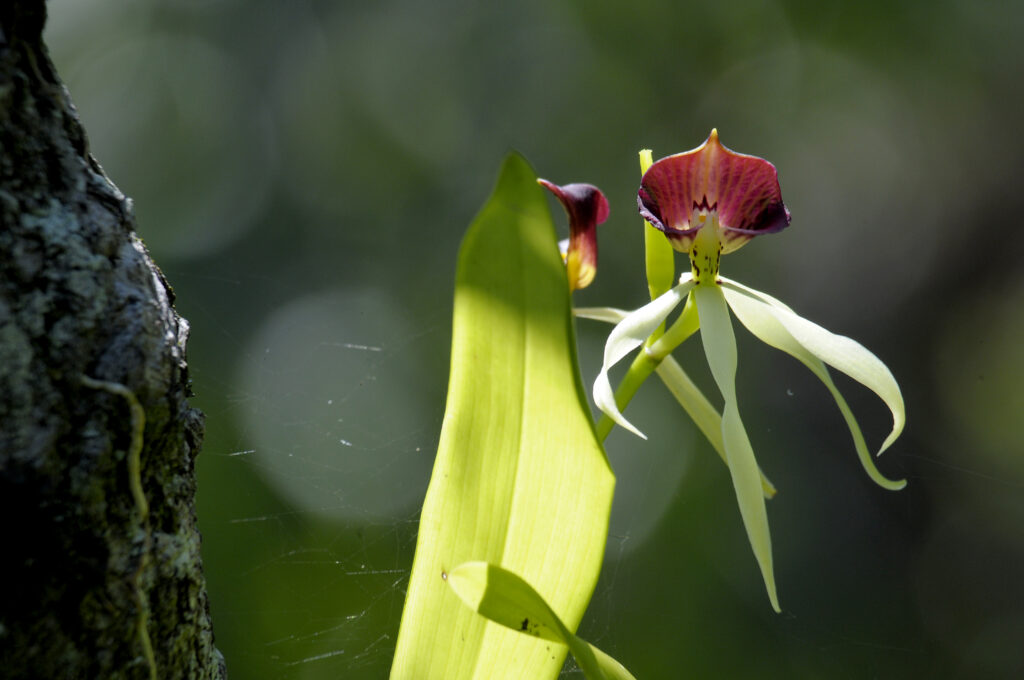
Clamshell Orchid (Prosthechea cochleata var. triandra): True to its common name, this tiny flower is shaped like a clamshell. Unlike the shellfish’s whitish-gray coloration, this bloom is fringed in a deep, royal purple with a butter-yellow interior. The clamshell orchid appears in the West Indies, Central America, parts of South America, but here in Florida it is considered state-endangered and limited to the state’s south.
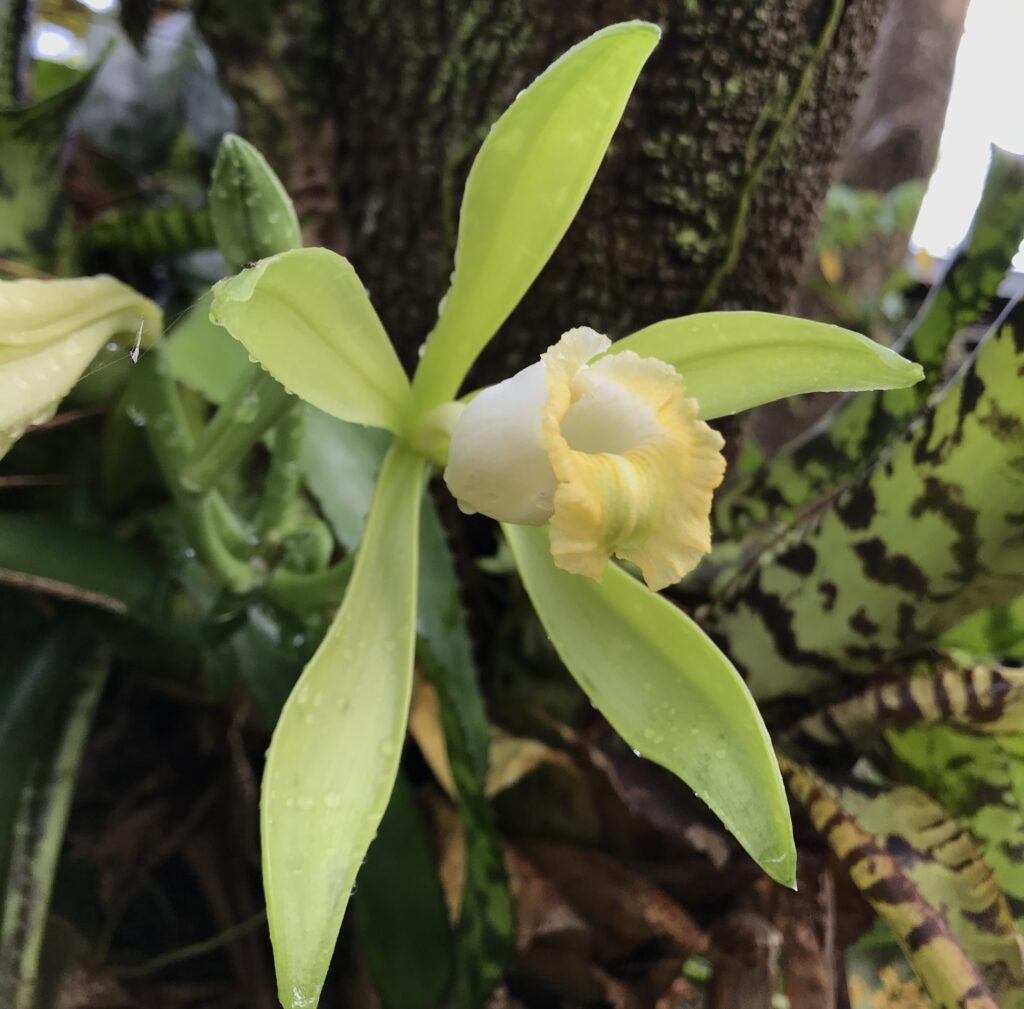
Leafy Vanilla (Vanilla phaeantha): Vanilla flavoring comes from orchids, though not every vanilla orchid flavors our ice creams and pastries. The swamp-dwelling Vanilla phaeantha falls into that latter category, a beautiful plant even if not a food-producing one. This orchid germinates in the decaying leaves at the base of trees and spends years winding up a tree trunk until it finds sunlight in the canopy, which signals the plant to produce its pale yellow, tubular flowers.
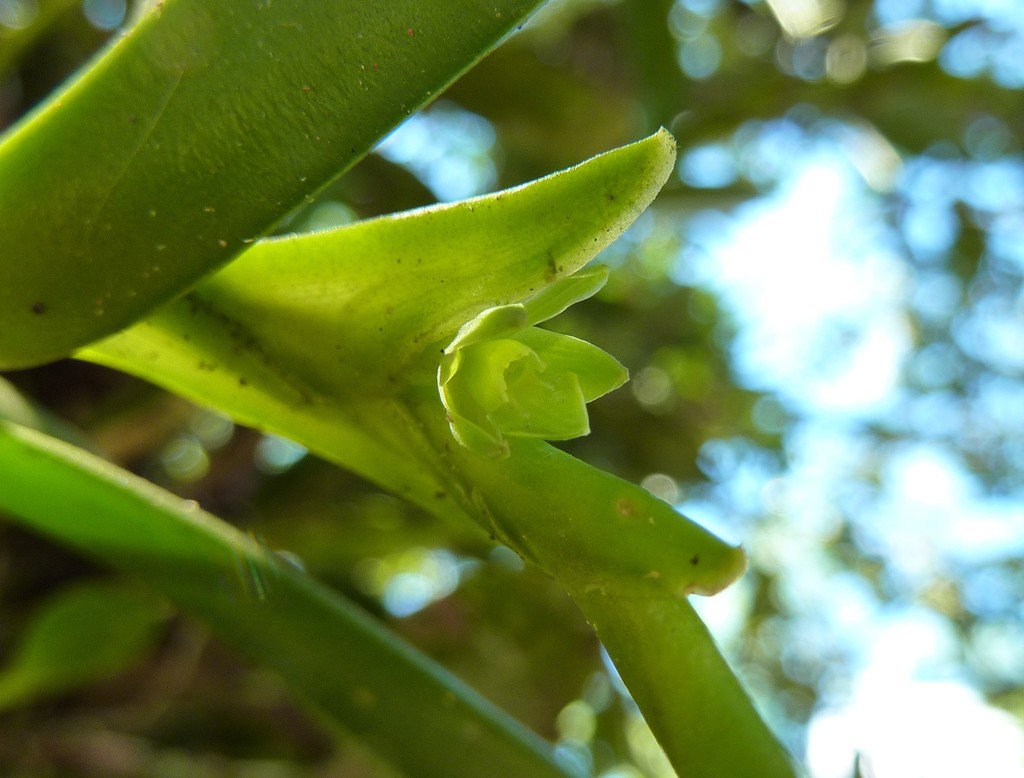
Rigid Epidendrum (Epidendrum rigidum): This inconspicuous orchid is green-on-green with its flowers and leaves developing in nearly the same hue. Also known as the “stiff-flowered orchid,” this epiphyte is considered to be secure globally but endangered in Florida.
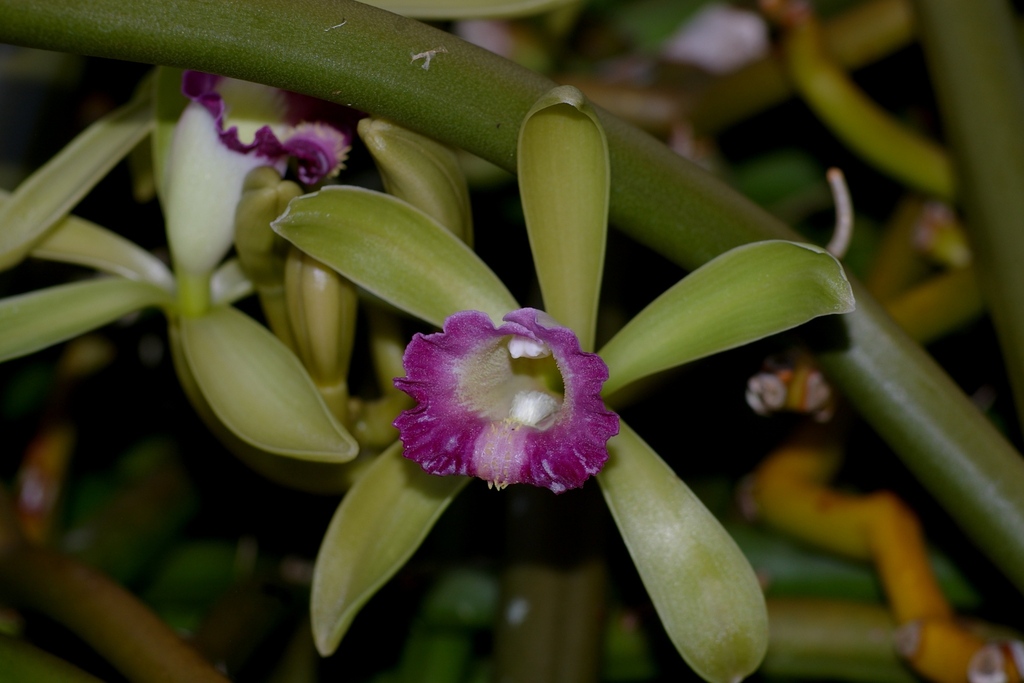
Dillion’s Vanilla (Vanilla dilloniana) is not a vanilla meant for the taste, but it is quite pleasing to the sight. Its multi-branched, leafless vine can reach up to 15 feet and produce beautiful magenta blooms. The state-endangered orchid is found along coastal berms and hardwood hammocks — elevated patches of land, dominated by trees.
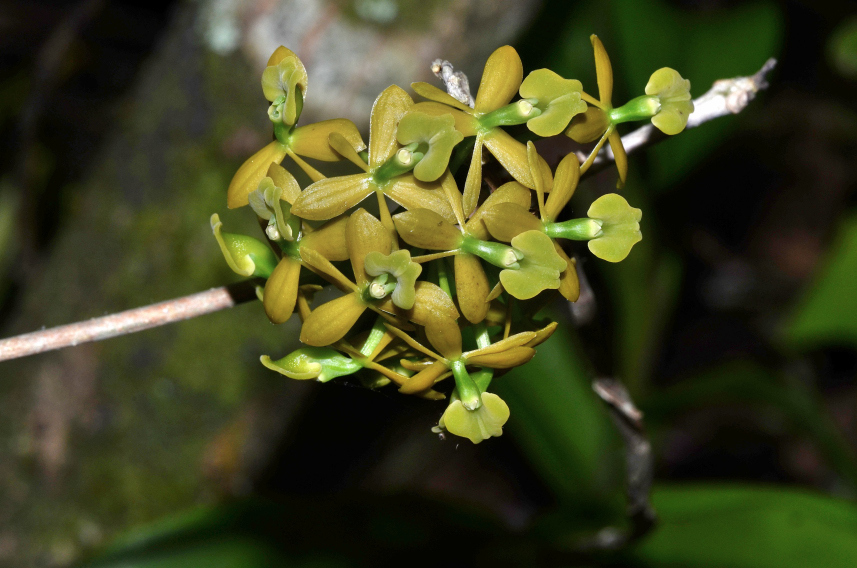
Dingy-Flowered Star Orchid (Epidendrum amphistomum): The color of these orchid blooms may not be spectacular, but you have to marvel at the clusters of star-shaped flowers these swamp-dwelling orchids produce. In Florida, the orchid continues to persist in swamps and hammocks, often in habitats that no longer support other native orchids.

About the Author
Jennifer Reed is the Garden’s Editorial Director and a longtime Southwest Florida journalist.

